If Michelin stars are any indication, Hong Kong is home to some of the best Chinese, and in particular Cantonese, food on the planet. There are fine dining establishments Forum and T’ang Court , awarded three stars, as well as Lung King Heen , the first Chinese restaurant in the world to achieve such a distinction. These restaurants are champions of classics such as suckling pig, double-boiled soups, dim sum and prestigious signature dishes featuring bird’s nest, abalone and sea cucumber.
But there’s also a wave of chefs who are redefining the traditionally rigid notions of Chinese cuisine. Many are younger, overseas-trained and without formal qualifications in Chinese cooking. They’re less rebels without a cause, and more culinary adventurers thrilling diners with new, boundary-pushing creations that respect and preserve the essence of the cuisine. Here are six of these chefs, and the restaurants they’re piloting.
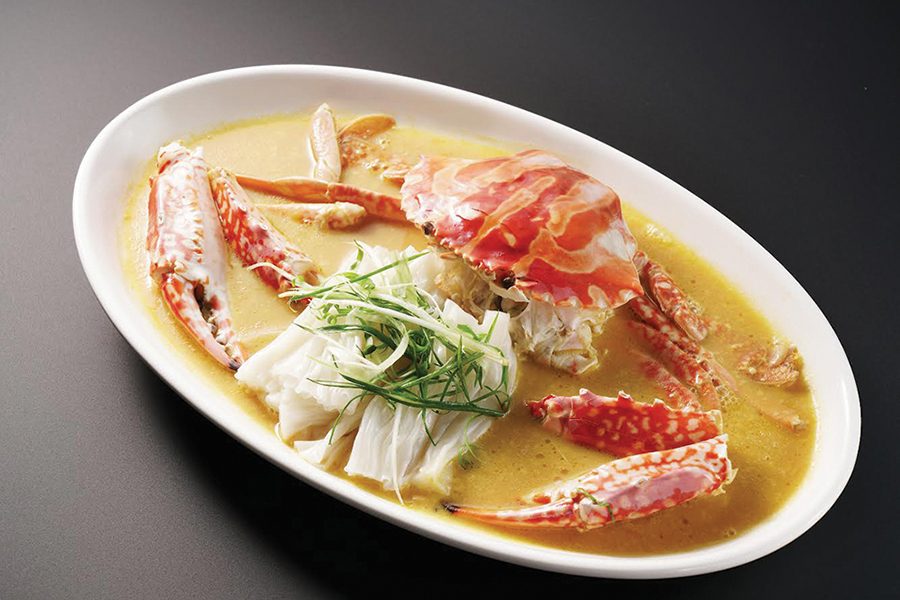
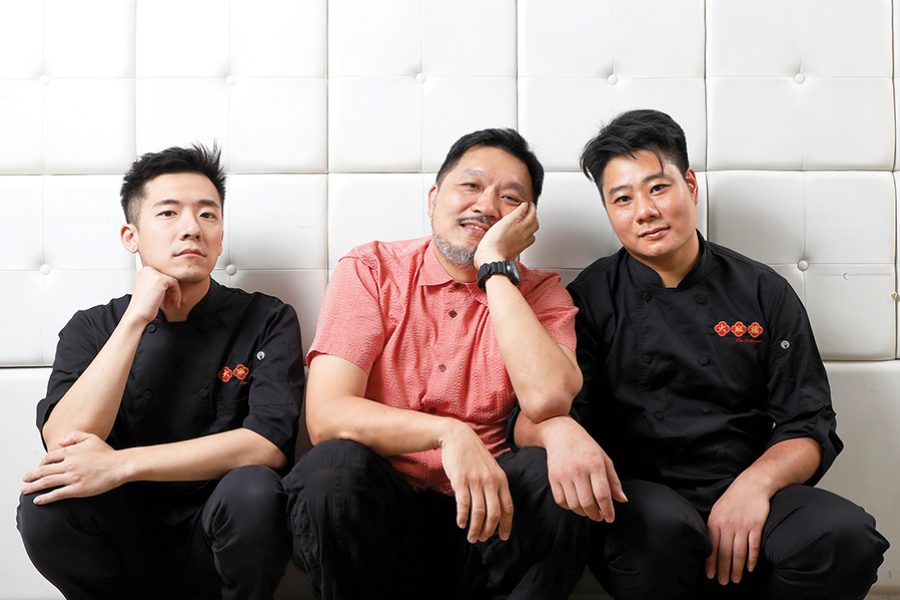
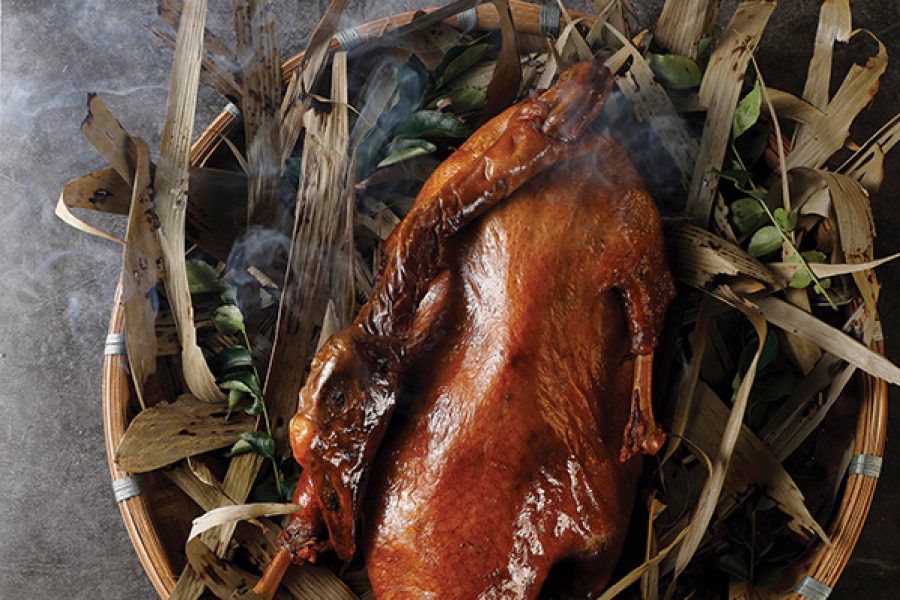
Danny Yip (The Chairman)
Any discussion about Hong Kong’s culinary trailblazers should include accountant and tech entrepreneur turned chef-restaurateur Danny Yip, founder of The Chairman .
The restaurant has championed local, seasonal food since its opening in 2009, sourcing from independent suppliers, making sauces in-house, and eschewing traditional delicacies favoured by many high-end Chinese restaurants.
Yip, who earned his culinary chops in Australia and works closely with head chef Kwok Keung-tung, describes his food as “modern-classic Cantonese made using creative recipes”. He argues that for too long, Chinese cuisine has been constrained by “generations of cooks following the same recipes. We take a different approach by prioritising produce and creating new recipes based on the taste profile of ingredients.”
The Chairman, 3/F, The Wellington, 198 Wellington Street, Central
Must-order
The Chairman’s steamed flower crab with Shaoxing wine and fragrant chicken oil has achieved international cult status, as has the camphorwood-smoked goose. Also, don’t miss its char siu – made with a specific shoulder cut of pork coated in rose syrup to add extra to the ordinary.
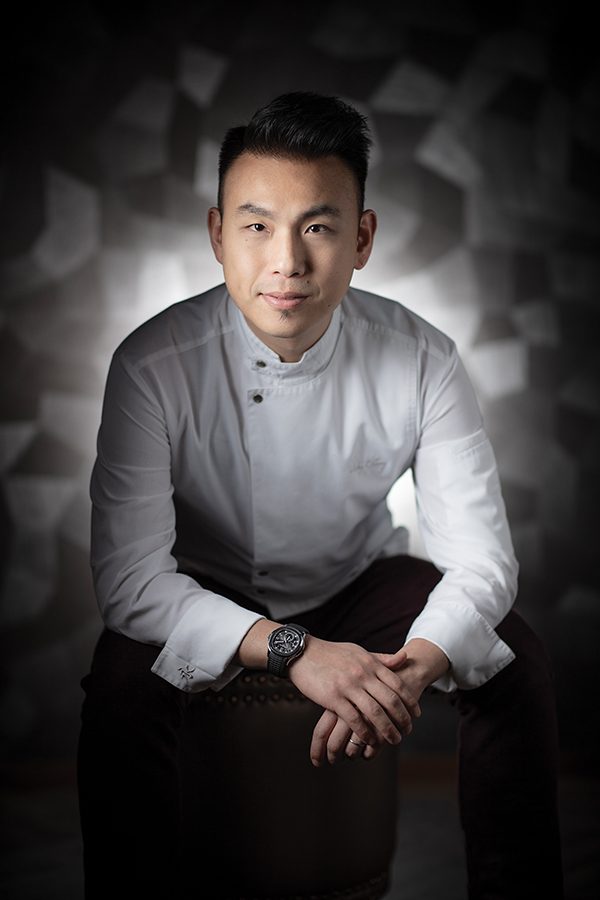
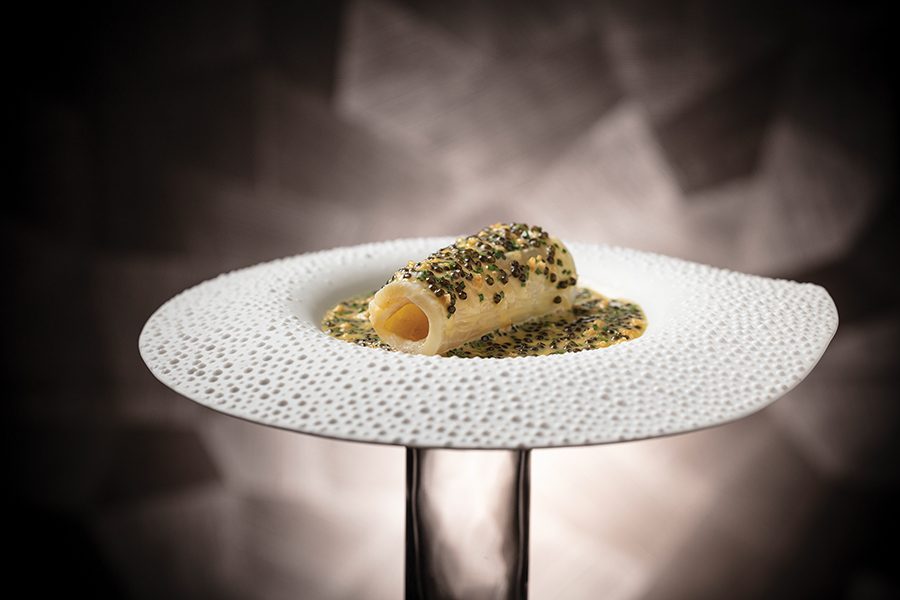
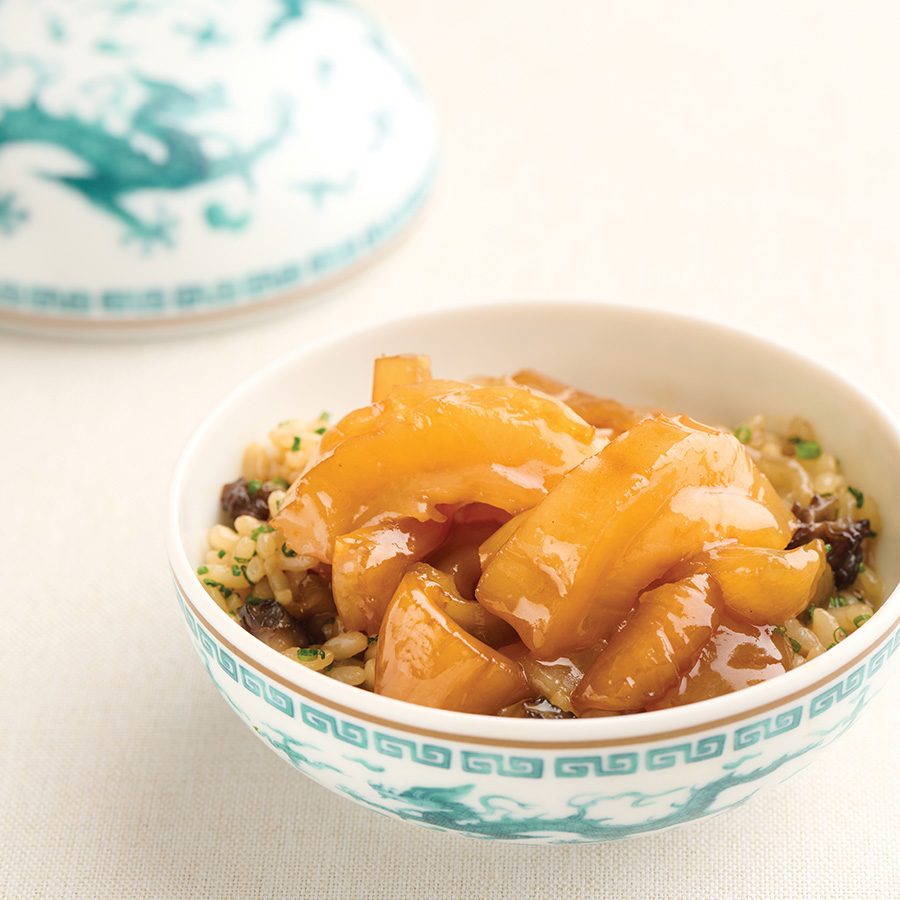
Vicky Cheng (Vea and Wing)
“Cooking Chinese food is a real challenge that requires a ton of knowledge, skill and precision,” says Vicky Cheng, who worked in French fine diners in Canada and, on returning to his birth city of Hong Kong, taught himself to cook its cuisine. His two restaurants, Vea and Wing , are among the hottest venues in town.
At the one-Michelin-starred Vea, Cheng marries his favourite Chinese ingredients, including sea cucumber and fish maw, with French culinary techniques. Wing, his newer venture, sees Cheng imbuing ��“[his] very own identity” into interpretations of the eight great Chinese cuisines. His process involves “extensive testing, tasting, and exploration, all while maintaining a deep respect for tradition.” The result: exquisite, original fare.
Vea, 30/F, The Wellington, 198 Wellington Street, Central
Wing, 29/F, The Wellington, 198 Wellington Street, Central
Must-order
Try a hearty dish of tender fish maw in a fragrant abalone sauce served over steamed rice at Wing, or an East-meets-West creation of fish maw with quinoa and caviar at Vea.
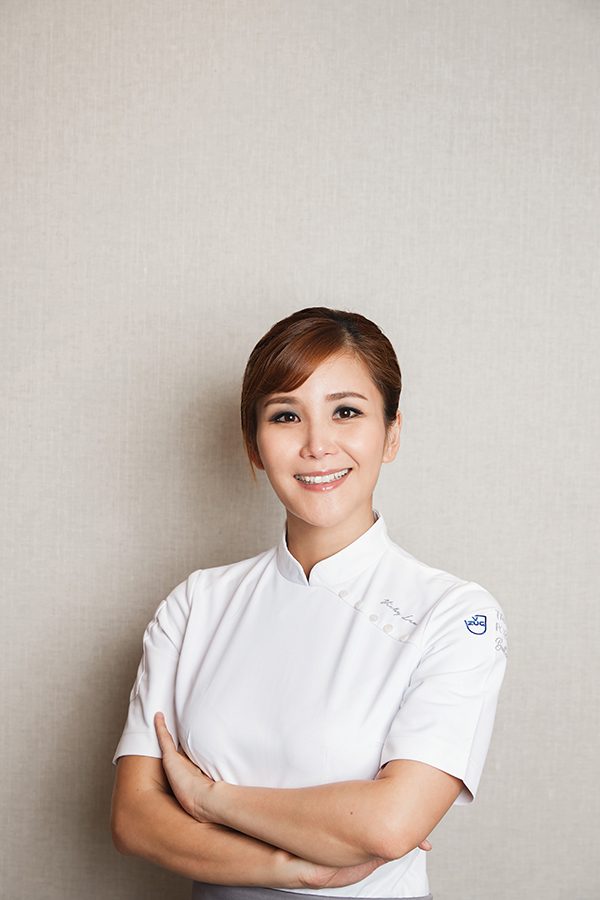
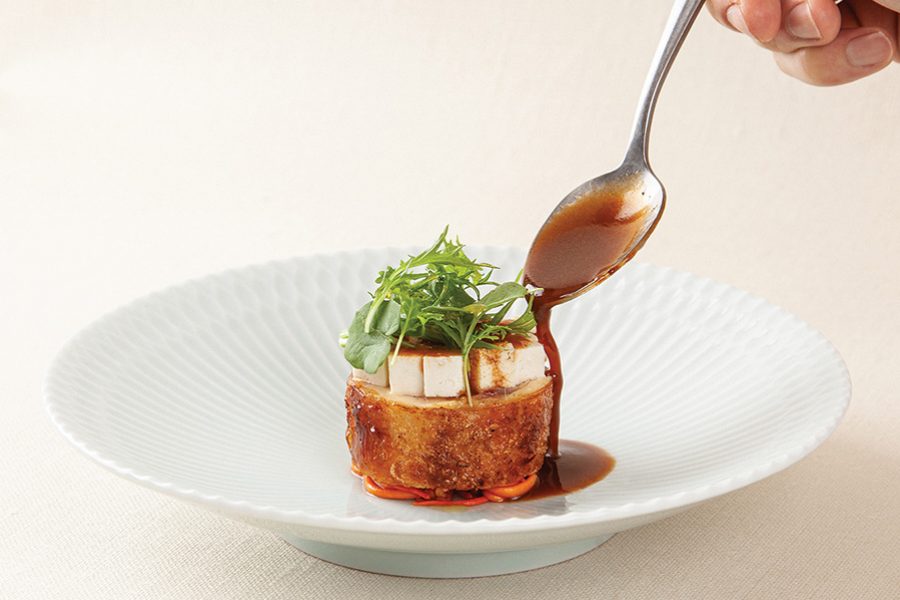
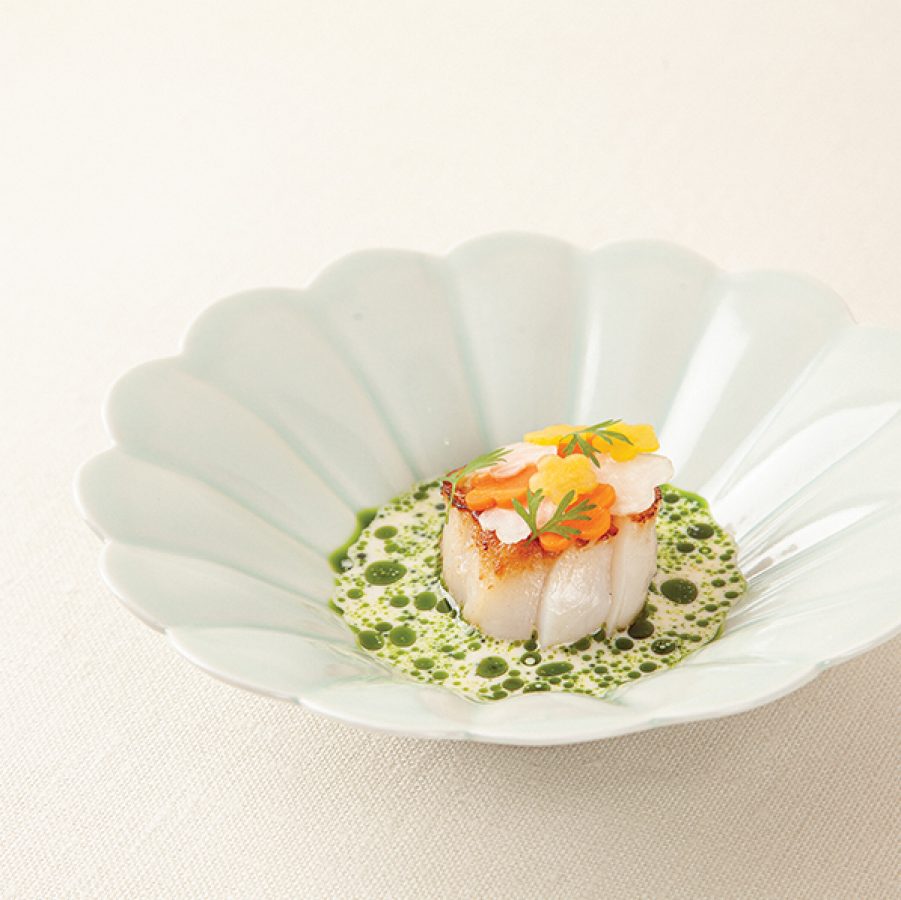
Vicky Lau (Mora)
The classically trained Vicky Lau emphasises that Mora is not a Chinese restaurant, but a place that’s dedicated to one of the pillars of Chinese and Asian cuisine – soy. Lau, an early proponent of “French x Chinese” cooking at her two-Michelin-starred Tate Dining Room , was inspired to open Mora after discovering the “limitless possibilities of soy.”
Lau says that Mora, helmed by head chef Fai Choi, focuses on “reviving traditional soy-based dishes with a rich history in Chinese cuisine, while adapting to sustainable ingredients available in Hong Kong and incorporating non-Chinese cooking methods” – resulting in dishes that balance tradition and innovation in a delicious whole.
Mora, G/F, 40 Upper Lascar Row, Sheung Wan
Must-order
The seasonal set menus might include soya steamed egg with seaweed and caviar, or chicken roulade with mapo tofu-style sauce. Lau’s current favourite is the pan-fried scallop with fermented tofu sauce and herb oil, which features a mix of sweet, briny, buttery and umami-laden notes.
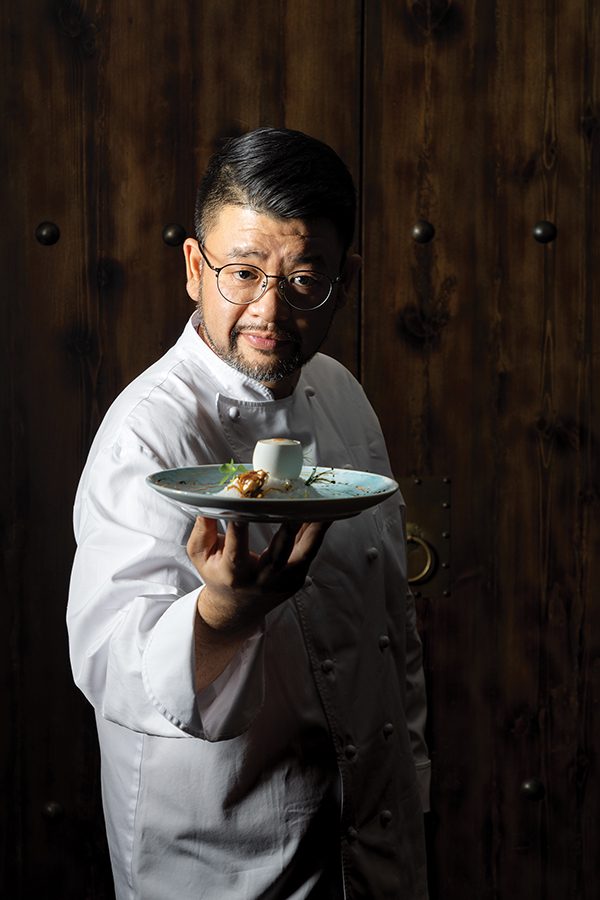
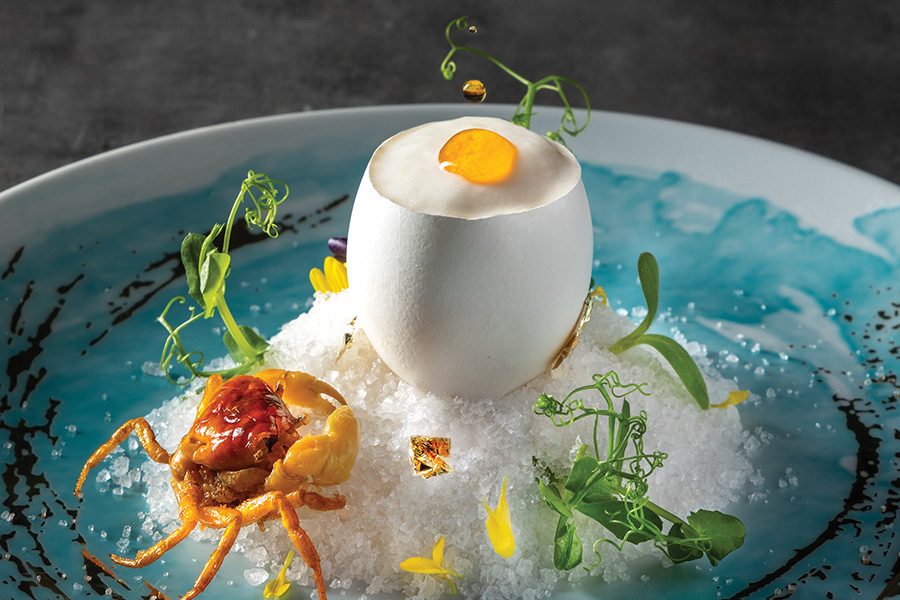
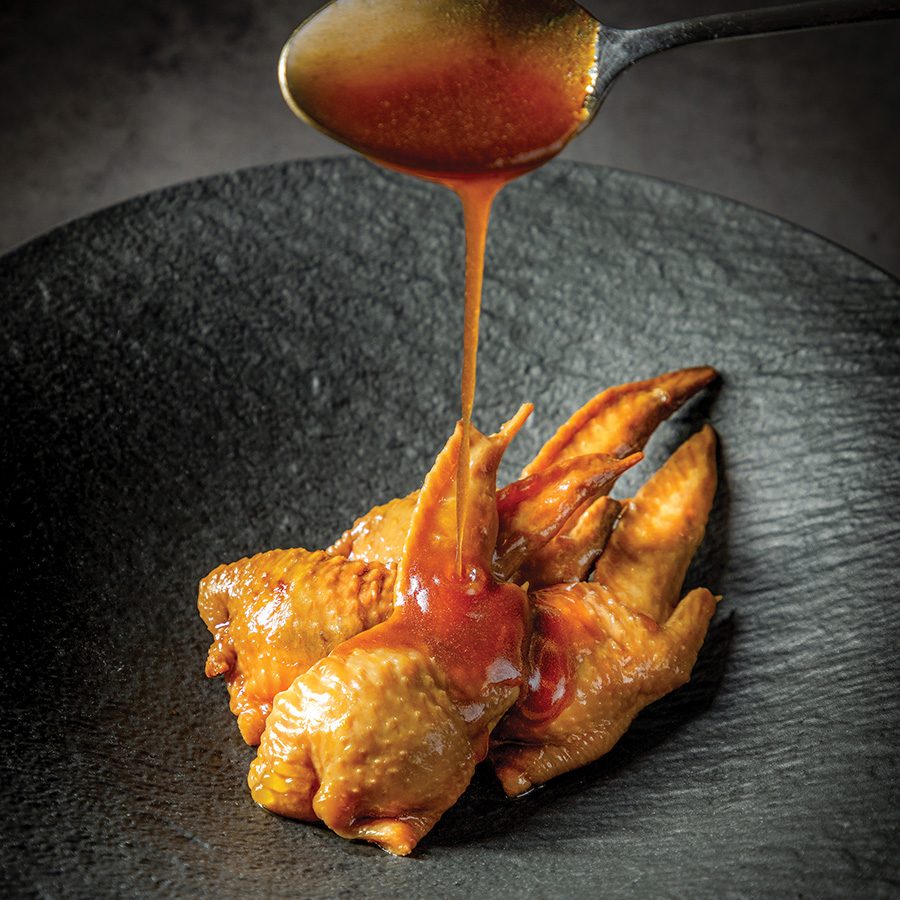
Silas Li (Hong Kong Cuisine 1983)
From the outside, Hong Kong Cuisine 1983 looks like an unremarkable restaurant in a nondescript building. And for years it was, until chef Silas Li took over the kitchen last year. British-born Li trained in French gastronomy but taught himself how to cook Chinese food while working for 20 years as a private chef for a Hong Kong tycoon. He creates technically impressive, visually appealing and assuredly delicious dishes that reflect his East-meets-West background.
In addition to reinterpreting Chinese food, Li is on a mission to recruit a new generation of chefs who can preserve old recipes that are at risk of disappearing. In an industry already known for its difficult conditions, working in a Chinese kitchen is seen as especially tough – making it hard to attract young talent. What’s more, senior chefs are notorious for keeping recipes secret. Li is hoping to change that by sharing all his recipes with his team, “so they have the skills they need to innovate and further evolve Hong Kong’s culinary culture.”
Hong Kong Cuisine 1983, 1/F, Elegance Court, 2-4 Tsoi Tak Street, Happy Valley
Must-order
The steamed egg white, layered with fresh crab meat in Huadiao wine, then lily flower root foam and topped with roast crab oil, makes for a standout course. Another signature is the braised deboned goose web stuffed into chicken wings and braised again, a complex creation that riffs on not one but two traditional dishes.
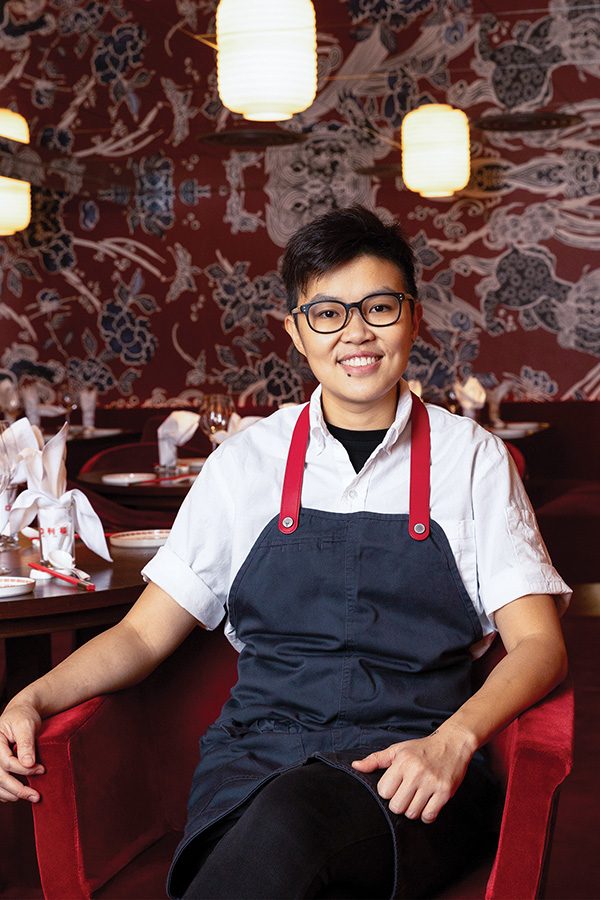
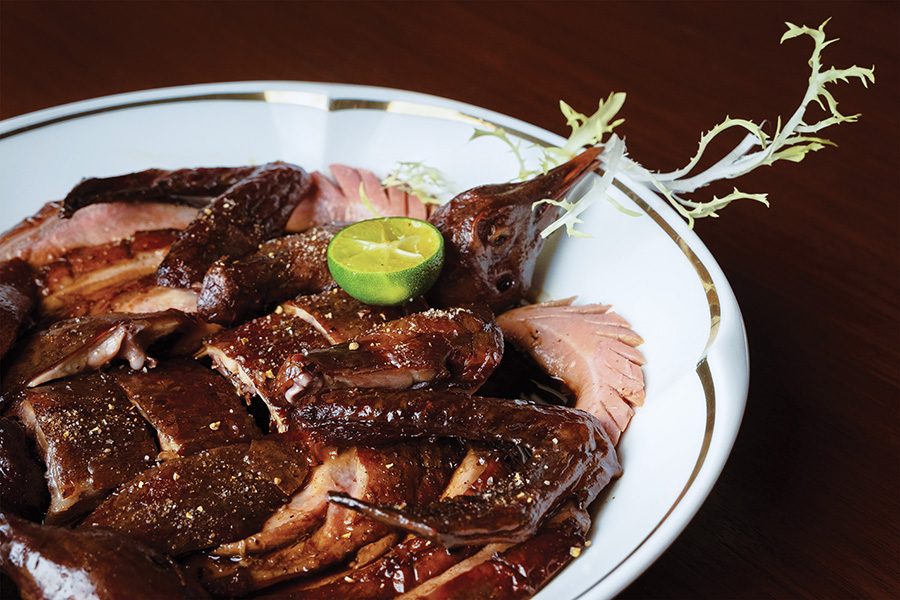

ArChan Chan (Ho Lee Fook)
In a male-dominated industry, ArChan Chan is remarkable in being one of the few female head chefs in a high-end Chinese restaurant. The Hong Kong native studied catering and moved to Australia and then Singapore to work, before returning to her home city during the pandemic. In early 2022 she reopened the kitchen at Ho Lee Fook , a modern Chinese restaurant with a rock ’n’ roll vibe.
In addition to revamping the interior, Chan overhauled the menu to make it more Cantonese.
“I focus on enhancing the flavours of traditional recipes and presenting the best possible version of a dish,” she says. “I want to create food that is delicious and comforting but continues to push boundaries.”
Ho Lee Fook, G/F, 3-5 Elgin Street, SoHo, Central
Must-order
A signature Chan dish is live razor clams, which are steamed with aged garlic, soy sauce and spring onion – one of her favourite ingredients. She is also proud of her crispy-skin pigeon infused with master stock, which took six months to perfect. The dish usually requires a trade-off between crispy skin or tender meat, but Chan has managed to achieve both. The recipe also contains another favourite ingredient: Shaoxing wine, which “brings out the dish’s flavour and fragrance. To me, cooking is not the same without it.”
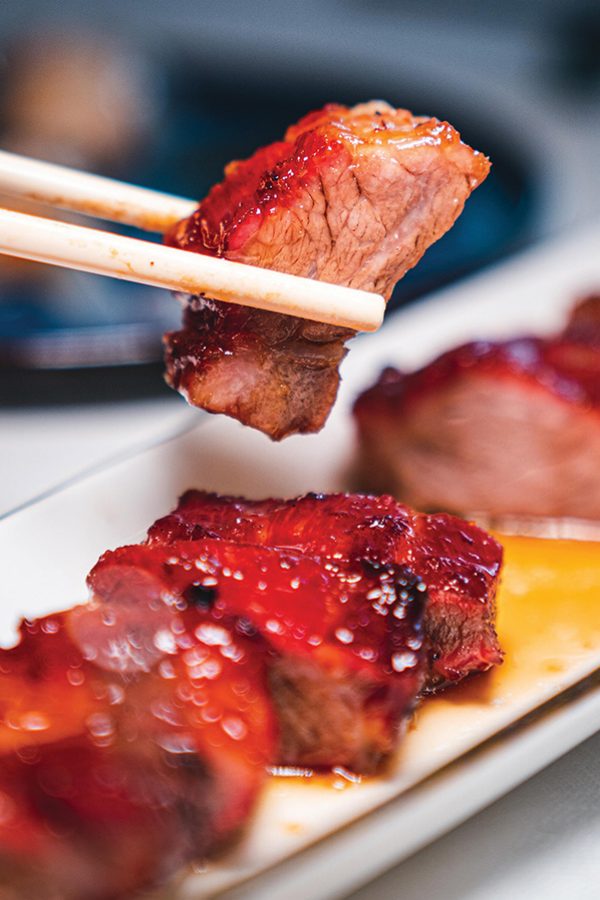
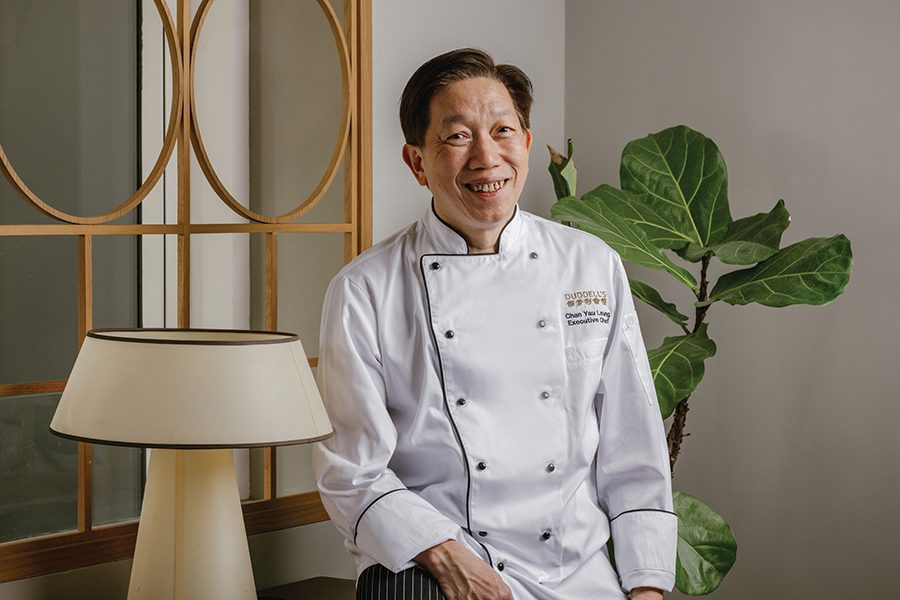

Chan Yau-leung (Duddell’s)
Duddell’s , which celebrates its 10th anniversary this year, has held a Michelin star almost since opening. Newly appointed executive chef Chan Yau-leung, who has worked at some of Hong Kong’s most revered Cantonese restaurants, presents modernised dishes that showcase his mastery of complex techniques. Ten years on, a visit to Duddell’s is still a fresh experience.
Duddell’s, 3/F, 1 Duddell Street, Central
Must-order
Highlights at Duddell’s include a tongue-tingling char siu marinated with Sichuan peppercorns and chilli, a superb flower-cut sauteed prawn in rich chicken broth, and crispy chicken stuffed with glutinous rice, which is cooked by ladling hot oil over the bird hundreds of times.
Hungry for more? We’ve recently partnered with Duddell’s to bring you gourmet meals in the skies, available on select flights from Hong Kong in First class and Business.
More inspiration
Hong Kong travel information
- China – the Chinese Mainland, Hong Kong SAR, Macao SAR and Taiwan Region
- Hong Kong SAR - English
- Chinese Mainland (China) - English
- Taiwan, China - English
- 香港特別行政區 - 繁體中文
- 中国內地 - 简体中文
- 中國台灣 - 繁體中文
- Africa
- South Africa - English
- Americas
- Canada - English
- Canada - Français
- United States - English
- Asia
- Bangladesh - English
- Korea - English
- Singapore - English
- Cambodia - English
- 한국 - 한국어
- Sri Lanka - English
- India - English
- Malaysia - English
- Thailand - English
- Indonesia - English
- Maldives - English
- ประเทศไทย - ภาษาไทย
- Indonesia - Bahasa Indonesia
- Myanmar - English
- Vietnam - English
- Japan - English
- Nepal - English
- Việt Nam - tiếng Việt
- 日本 - 日本語
- Philippines - English
- Australasia
- Australia - English
- New Zealand - English
